Assessing Your Dog's Temperament and Behavior
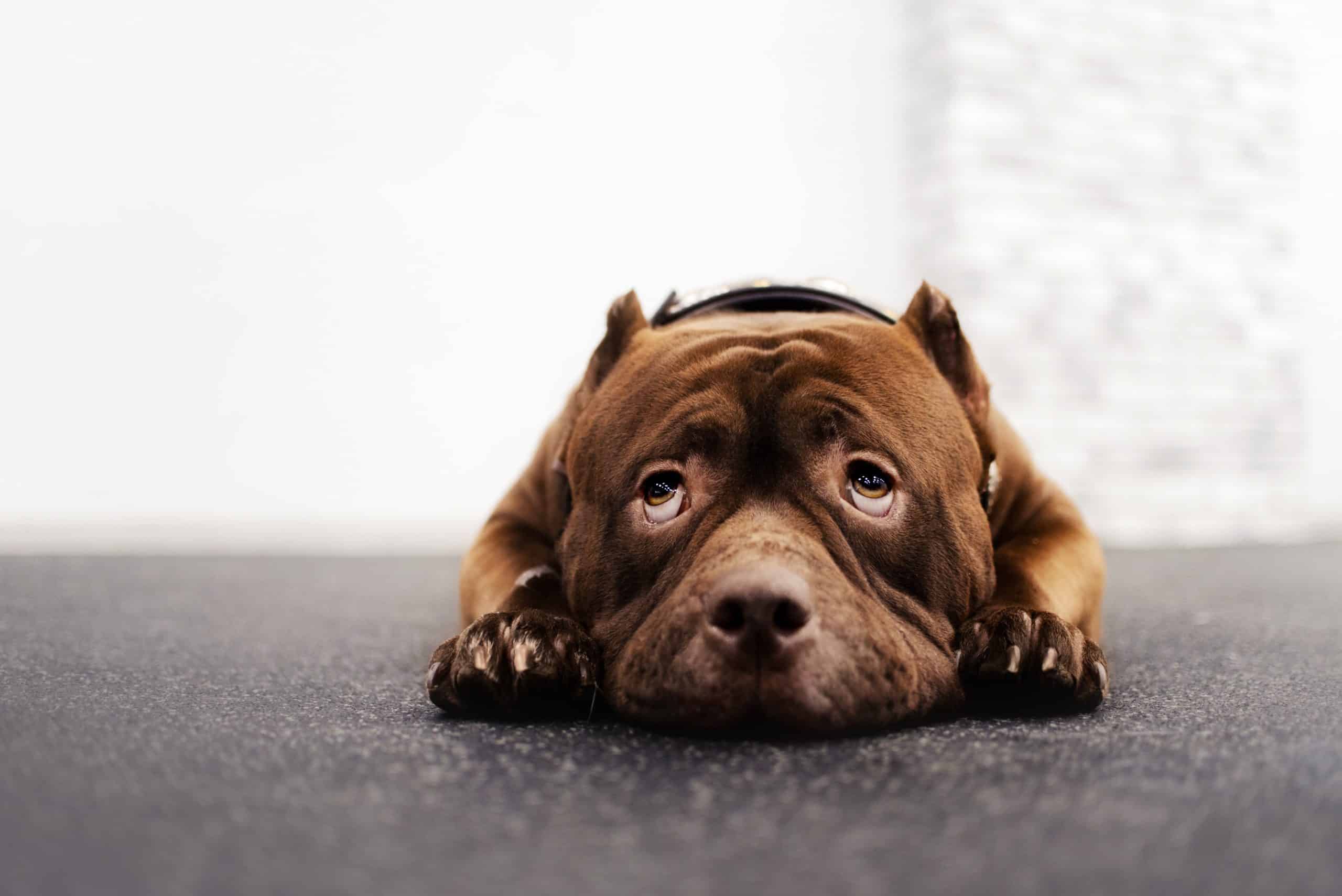
Before introducing a new pet into your home, it's crucial to assess your dog's temperament and behavior. Each dog has a unique personality, and understanding their traits will help you anticipate how they might react to a new addition. Start by observing your dog's behavior around other animals. Are they generally friendly or aggressive? Do they show signs of possessiveness or jealousy? Additionally, consider their general obedience and response to training commands. Assessing their behavior patterns will give you insight into how receptive they may be to sharing their space with another pet. By evaluating your dog's temperament, you can better prepare for the introduction process and ensure a smooth transition for everyone involved.
1 Understanding your dog's personality and behavior

Understanding your dog's personality and behavior is crucial when preparing them for a new pet in the house. Every dog is unique and has their own temperament, preferences, and quirks. Take the time to observe and analyze your dog's behavior to gain insights into their character. Are they sociable or more reserved? Do they get along well with other animals or tend to be territorial? Understanding these aspects will help you tailor the introduction process accordingly. Study their body language, vocal cues, and reactions in various situations. By becoming familiar with your dog's personality traits, you can anticipate how they may react to a new pet and better prepare for a smooth transition.
2 Assessing your dog's acceptance of new pets

Assessing your dog's acceptance of new pets is a crucial step in preparing them for the arrival of a new pet in the house. Every dog is unique, and their reaction to a new companion can vary. Start by observing your dog's behavior around other animals. Does your dog show signs of aggression, fear, or excessive possessiveness? These behaviors may indicate that your dog might not easily accept a new pet.
Additionally, consider your dog's socialization history. Has your dog had positive experiences with other animals in the past? If so, there is a higher likelihood that they will be more accepting of a new pet.
It is important to remember that even if your dog has shown friendly behavior towards other animals in the past, their reaction to a specific new pet may differ. Therefore, closely monitoring their initial interactions with the new pet is essential to ensure their compatibility.
Introducing the Concept of a New Pet to Your Dog
:strip_icc()/introducing_your_dog_to_new_dogs_1117441_287-52ec203c6a4f42ca9b26c7c619eb2c17.jpg)
When preparing your dog for a new pet in the house, it is important to gradually introduce the concept of a new pet to your dog. This can help familiarize them with the idea and reduce any potential anxiety or aggression when the actual introduction takes place. One way to do this is by allowing your dog to become familiar with the scent of the new pet. You can let your dog sniff a blanket or toy that belongs to the new pet, gradually increasing exposure over time. Additionally, using positive reinforcement can help associate the new pet with positive experiences in your dog's mind. This can be done by giving treats or praise whenever your dog shows interest in or remains calm around items belonging to the new pet. By introducing the concept of a new pet slowly and positively, you can set the stage for a smoother transition when it comes time for them to meet face-to-face.
1 Familiarizing your dog with the scent of the new pet
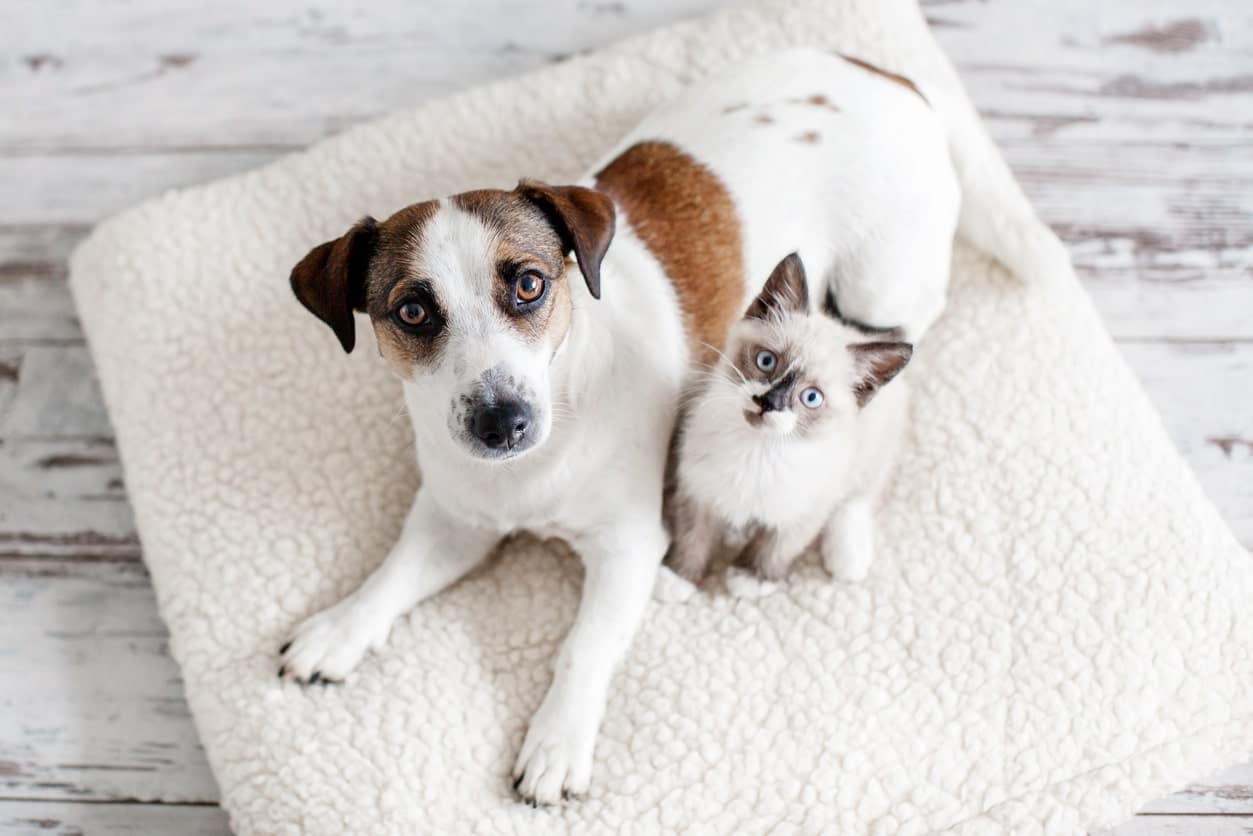
Familiarizing your dog with the scent of the new pet is an important step in preparing them for their arrival. Dogs rely heavily on their sense of smell to understand and navigate the world around them. Introducing your dog to the new pet's scent before they physically meet can help ease their transition and reduce any potential anxiety or aggression.
To familiarize your dog with the scent, you can start by placing an item that carries the new pet's scent, such as a blanket or toy, in your dog's living area. Allow your dog to explore and sniff it at their own pace. This will help them associate the new scent with something positive and familiar.
Additionally, you can also lightly rub a cloth on the new pet and then place it near your dog's resting area. This will further acquaint them with the new pet's smell. The goal is to gradually introduce the scent in a positive and non-threatening way, helping your dog form positive associations with the new arrival.
2 Using positive reinforcement to associate the new pet with positive experiences
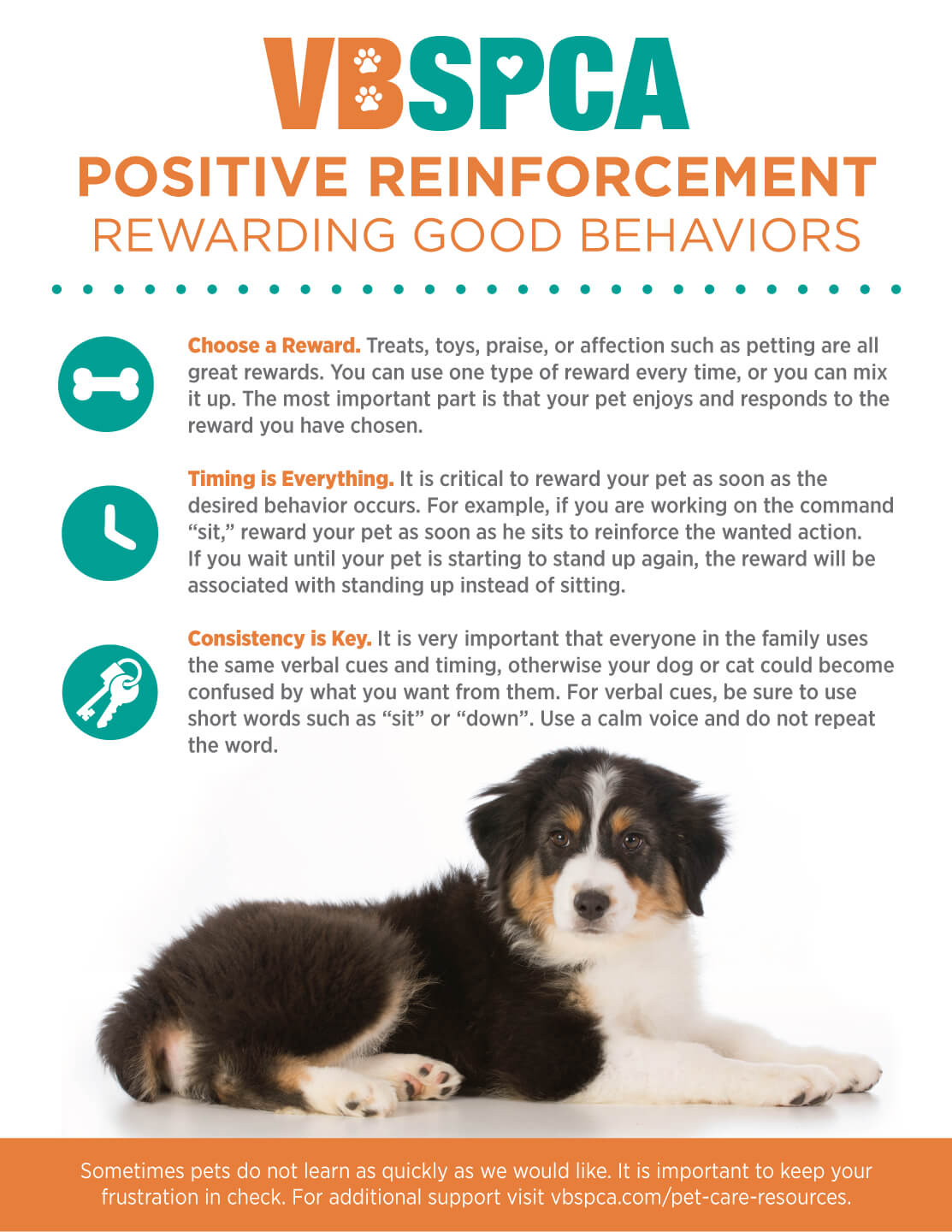
To ensure a smooth introduction between your dog and the new pet, it is crucial to associate positive experiences with the presence of the new addition. One effective way to do this is through the use of positive reinforcement. By rewarding your dog for displaying calm and friendly behavior towards the new pet, you can create a positive association in their mind.
Whenever your dog interacts calmly or positively with the new pet, provide treats, praise, and affection. This will help them understand that their good behavior leads to enjoyable experiences. Additionally, you can use toys or playtime as rewards when your dog displays appropriate behavior around the new pet.
Consistency is key when using positive reinforcement. It is essential to reward your dog immediately after they exhibit desirable behavior. Through this method, your dog will learn that good behavior around the new pet results in positive outcomes, fostering a harmonious relationship between them.
Slow and Controlled Introduction

Slow and controlled introduction is crucial when bringing a new pet into your household. This process allows both your dog and the new pet to gradually become familiar with each other, minimizing any potential conflicts or stress. To introduce them properly, begin by providing separate spaces for each animal within the house. This ensures that each pet has their own safe haven to retreat to when needed. Additionally, gradually introduce the new pet and your dog under supervised interactions. Start by allowing them to sniff each other's scents through closed doors or a gate before moving on to face-to-face introductions. It's important to create a controlled environment during these initial meetings, using toys or treats as positive reinforcements to associate their interactions with pleasant experiences. Slowly increasing the duration and proximity of their visits will allow them to get used to each other's presence at a comfortable pace.
1 Gradual introduction of the new pet and your dog
.jpg)
Gradually introducing your new pet to your dog is crucial for a successful integration. Start by keeping them in separate areas of the house, allowing them to get used to each other's presence without direct interaction. You can use baby gates or doors to create physical barriers between them.
Next, slowly introduce them in controlled situations. Begin by having short and supervised interactions, where both pets can see and smell each other from a safe distance. Monitor their body language and reactions closely during these initial meetings.
As they become more comfortable with each other's presence, gradually increase the length and proximity of their interactions. Make sure to reward positive behavior from both pets during these sessions.
Remember, patience is key during this gradual introduction process as every pet will adjust at their own pace. By taking it slow and allowing them to gradually acclimate, you are increasing the likelihood of a positive relationship between your dog and the new pet.
2 Supervised interactions and controlled environment for initial meetings
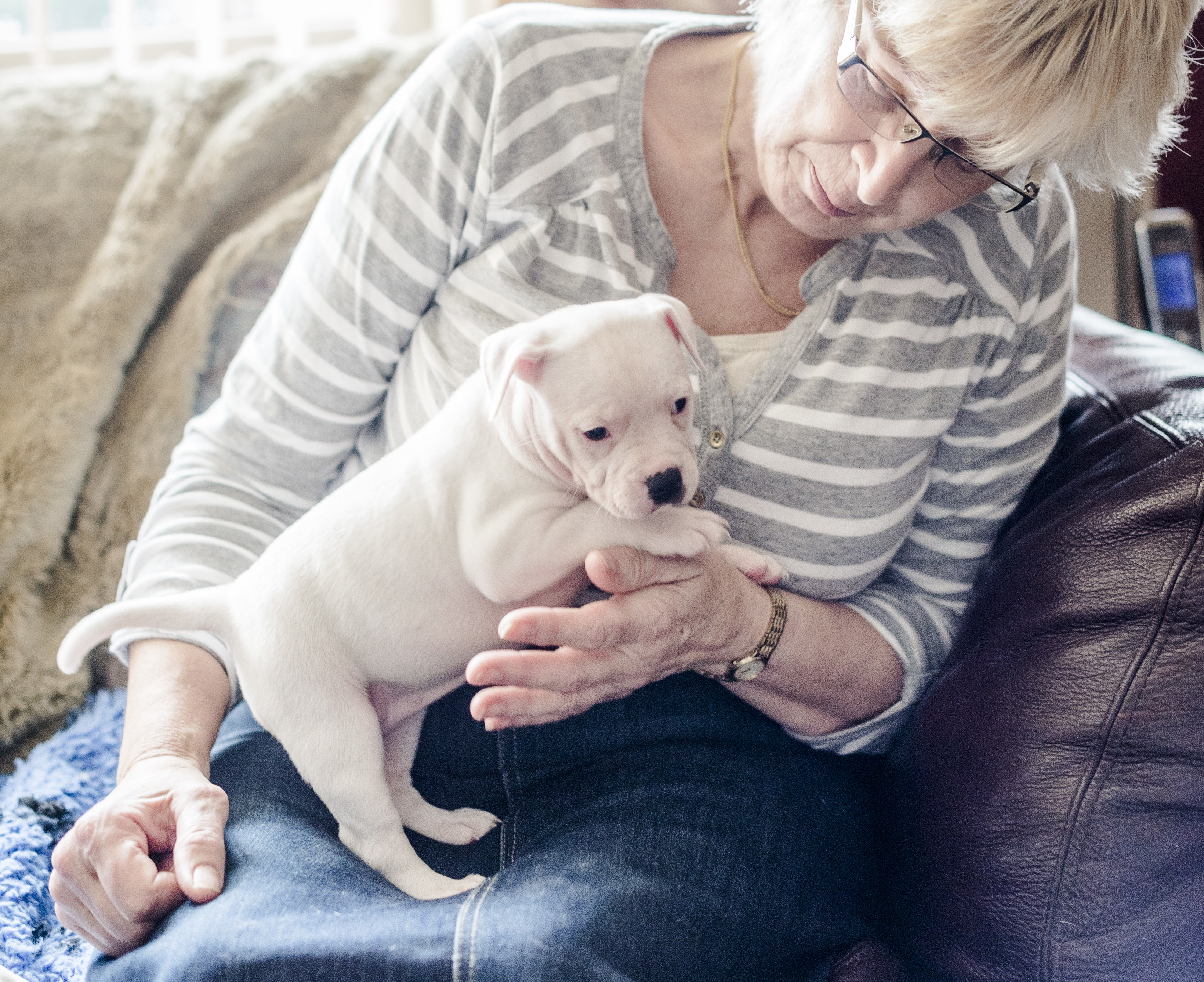
When introducing a new pet to your dog, it is crucial to facilitate supervised interactions and create a controlled environment during the initial meetings. This ensures the safety and comfort of both animals involved.
During these interactions, it is important to have someone present who can monitor the behavior of both pets closely. This person should be knowledgeable about animal behavior and able to intervene if any signs of aggression or discomfort arise.
In order to maintain control over the situation, it is recommended to introduce the new pet and your dog in a neutral location. This eliminates any territorial disputes that may occur. It is also advisable to have both pets on leashes or harnesses during the initial meetings to prevent any sudden confrontations or escape attempts.
By providing supervision and maintaining a controlled environment, you can help ensure that the introduction between your dog and the new pet goes as smoothly as possible. This will pave the way for a harmonious coexistence between them in the future.
Providing Separate Spaces and Resources

Providing separate spaces and resources is crucial when introducing a new pet to your dog. This allows each pet to have their own safe haven and prevents territorial disputes. Start by establishing separate areas within your home for each pet, such as designated rooms or divided spaces. Ensure that both pets have their own food bowls, water dishes, and resting areas to avoid any potential conflicts over resources.
Having separate spaces also helps in maintaining a peaceful environment and allows each pet to have their own privacy when needed. By providing individual resources, you are promoting a sense of fairness and preventing any feelings of competition or possessiveness between the pets. It is important to consistently reinforce these boundaries so that each pet feels secure and respected in their personal space.
1 Establishing separate spaces for the new pet and your dog
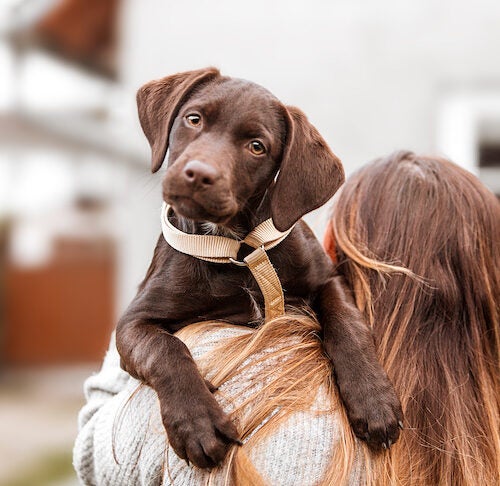
When preparing your dog for a new pet in the house, it is crucial to establish separate spaces for both animals. This allows them to have their own territories and reduces the likelihood of territorial disputes. Each pet should have their own designated area where they can eat, sleep, and relax without interruption from the other. This can be done by setting up separate feeding stations and providing individual beds or crates for each pet. Additionally, make sure to provide plenty of toys and enrichment activities in their respective spaces to keep them entertained and prevent boredom. By establishing separate spaces, you create a sense of privacy and security for each pet, promoting a harmonious living environment.
2 Ensuring each pet has their own food, water, and resting areas
When introducing a new pet into the household, it is crucial to ensure that each pet has their own designated areas for food, water, and rest. This helps to establish boundaries and prevent any potential conflicts over resources between your dog and the new pet.
Provide separate feeding stations with individual bowls for each pet to enjoy their meals without competition. This will also prevent any potential food aggression or possessiveness. Additionally, make sure that each pet has access to fresh water at all times in separate bowls or designated drinking spots.
Creating separate resting areas is equally important. Your dog should have their own comfortable bed or crate, while the new pet should have their own sleeping spot too. This ensures that both pets have a safe space to relax and unwind.
By providing each pet with their own resources, you promote a sense of security and minimize any potential territorial behavior, leading to a harmonious coexistence between your dog and the new pet.
Supervised Interactions and Socialization

Supervised interactions and socialization play a crucial role in preparing your dog for a new pet in the house. It is essential to oversee their interactions to ensure safety and positive experiences for both animals. Start by closely monitoring their interactions, especially during the initial meetings, to prevent any aggressive behavior.
Allow them to engage in supervised play sessions where you can guide their interactions and intervene if necessary. This will help them establish a bond and develop positive associations with each other. Gradually increase the duration and intensity of their interactions as they grow more comfortable with one another.
Additionally, facilitate positive socialization experiences by introducing them to new environments, people, and other animals together. This will further strengthen their relationship and broaden their social skills.
Remember, continuous supervision is necessary until you are confident that they can interact peacefully without any issues.
1 Supervising interactions between the new pet and your dog
.jpg)
Supervising interactions between your dog and the new pet is crucial to ensure their safety and establish positive dynamics. It's important to closely observe their initial interactions, particularly during the first few meetings. By doing so, you can intervene if any signs of aggression or discomfort arise.
During these supervised sessions, keep a close eye on both pets' body language and behavior. Look for indications of stress or fear, such as raised hackles, growling, or tension in their posture. If any signs of aggression occur, it's essential to separate them immediately and consult a professional trainer or behaviorist for guidance.
On the other hand, if the interactions are calm and positive, reinforce this behavior with praise and rewards. Gradually increase the duration of their supervised playtime while remaining vigilant for any signs of escalating tension.
Remember, supervision is key to creating a safe environment for both pets and fostering a harmonious relationship between them.
2 Facilitating positive socialization experiences between the two pets

Facilitating positive socialization experiences between your dog and the new pet is crucial for fostering a harmonious relationship. Start by allowing supervised interactions in a controlled environment. Gradually increase the time they spend together, ensuring that both animals remain calm and relaxed in each other's presence. Encourage positive associations by using treats, praise, and rewards when the pets interact peacefully.
Organize activities that promote bonding, such as joint play sessions or walks. Keep the interactions short initially to prevent any potential conflicts or overwhelm. Gradually increase the duration as both pets become more comfortable around each other.
If either animal displays signs of stress or aggression during socialization, immediately separate them and consult a professional trainer or behaviorist for guidance. Positive socialization between your dog and the new pet will help establish a foundation of trust and acceptance, leading to a successful integration into your household.
Managing Jealousy and Possessive Behavior
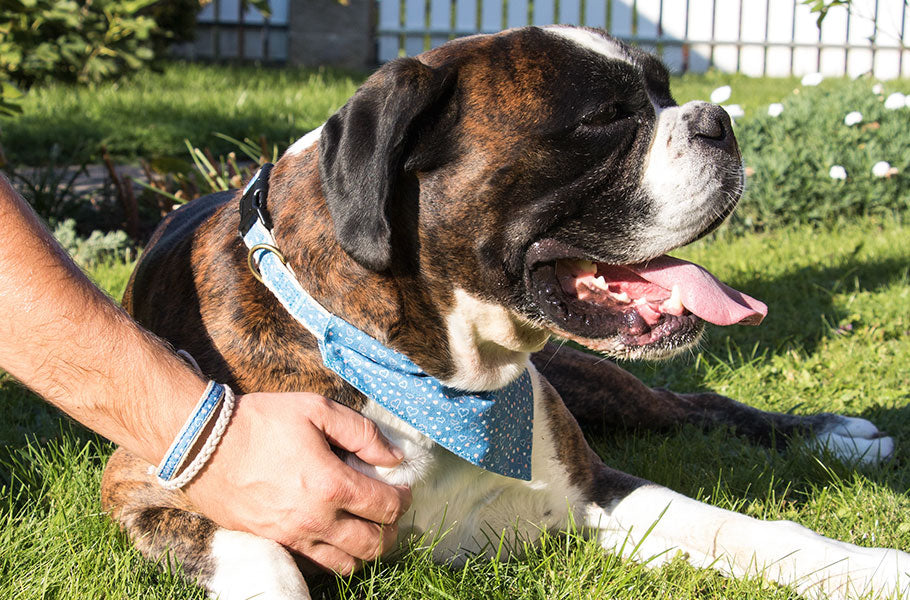
One of the most common challenges that can arise when introducing a new pet to your dog is managing jealousy and possessive behavior. Dogs are naturally territorial animals, and they may feel threatened by the presence of a new pet in their home.
To address signs of jealousy or possessiveness in your dog, it is important to first recognize the behavior. This can include aggressive posturing, resource guarding, or excessive attention seeking. Once identified, strategies can be implemented to prevent and manage such behavior.
Some effective techniques include providing equal attention and affection to both pets, establishing separate feeding areas to prevent food-related conflicts, and practicing positive reinforcement training to encourage calm and non-aggressive behavior around the new pet.
It is crucial to address these behaviors early on to ensure a harmonious coexistence between your dog and the new pet. With patience, consistency, and proper training techniques, you can help your dog overcome jealousy and possessiveness and create a peaceful environment for all pets involved.
1 Addressing signs of jealousy or possessiveness in your dog
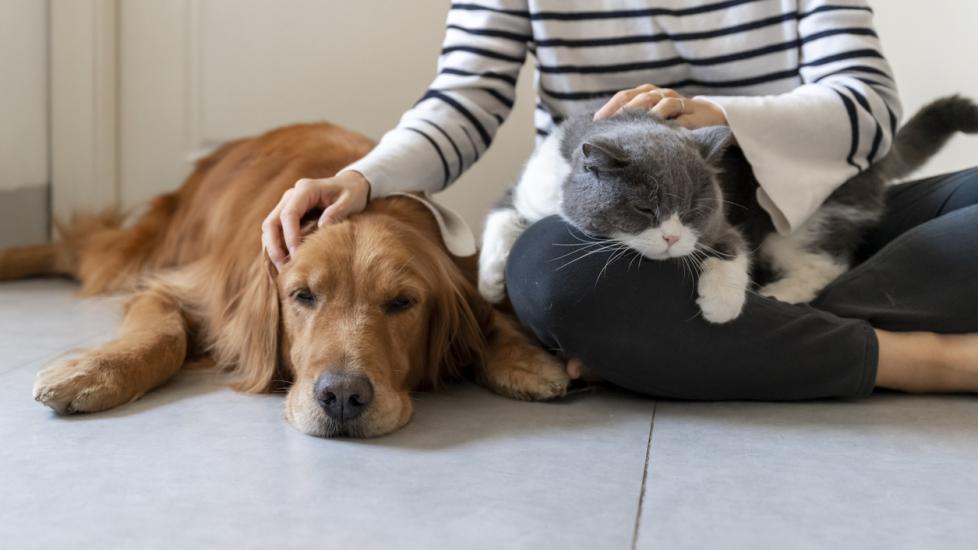
Addressing signs of jealousy or possessiveness in your dog is crucial to ensure a harmonious environment when introducing a new pet. Jealousy or possessive behavior can manifest in various ways, such as growling, snapping, or even aggression towards the new pet. To tackle this issue, it is essential to first identify these signs in your dog. Observe their body language and reactions when near the new pet.
Once you recognize the signs, address them through positive reinforcement training techniques. Teach your dog alternative behaviors that are incompatible with possessiveness, such as "leave it" or "drop it" commands. Encourage calm and non-aggressive interactions with the new pet by rewarding your dog for peaceful behavior.
Additionally, ensure that your dog's basic needs for attention and affection are met. Spend quality time with them and reassure them of their place in the family.
Remember, addressing jealousy or possessiveness requires patience and consistency. It may be beneficial to consult a professional dog trainer or behaviorist for guidance if the behavior persists or escalates despite your efforts.
2 Implementing strategies to prevent and manage such behavior
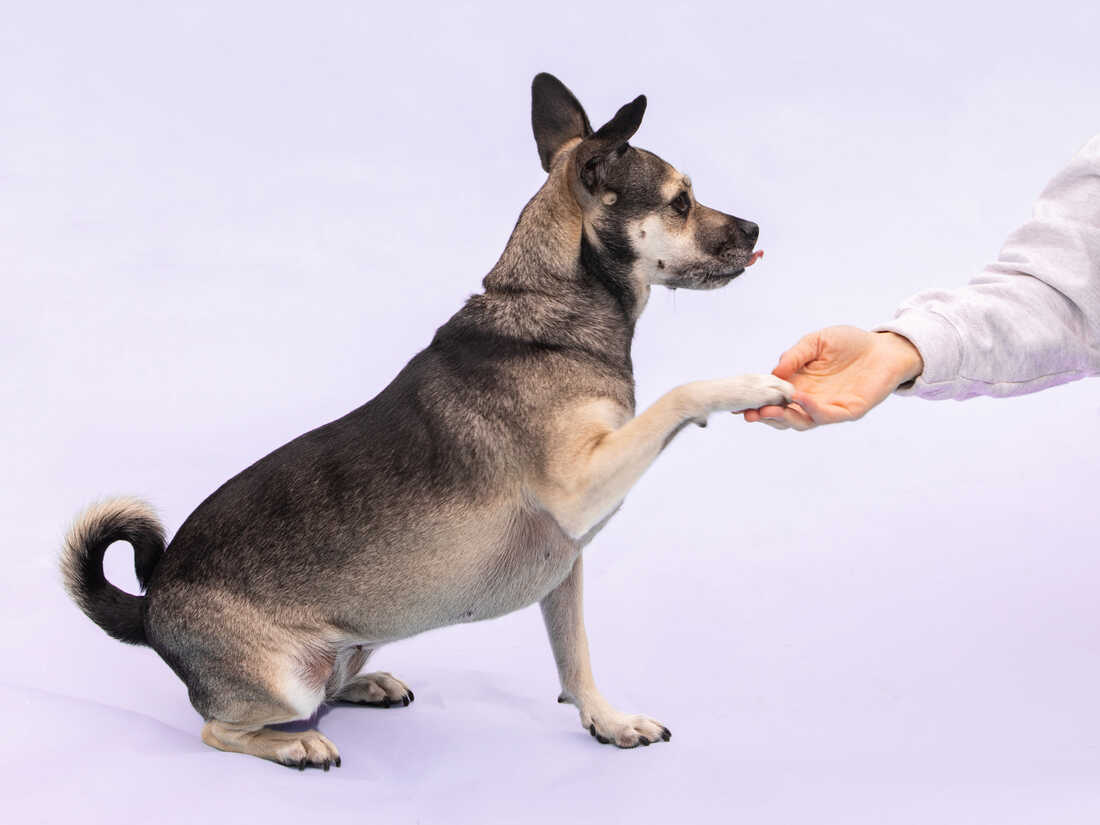
Implementing strategies to prevent and manage possessive behavior in your dog is crucial for creating a harmonious environment with a new pet. One effective strategy is to establish clear boundaries and rules for both pets. This helps your dog understand what behavior is acceptable and what is not. Consistency is key, so enforce these rules consistently.
Another strategy is to provide each pet with their own resources, such as food, water, and resting areas. This helps alleviate any feelings of competition or jealousy over shared resources.
Positive reinforcement is a powerful tool in managing possessive behavior. Reward your dog for calm and non-aggressive behavior around the new pet to reinforce positive interactions.
Additionally, redirecting your dog's attention during moments of possessiveness can be helpful. Teach them commands like "leave it" or "drop it" and use them when they display possessive behavior.
If the possessive behavior persists or worsens, it may be necessary to seek professional help from a dog trainer or behaviorist who specializes in addressing aggression and possessiveness in dogs.
Reinforcing Positive Behavior and Setting Boundaries

One crucial step in preparing your dog for a new pet is reinforcing positive behavior and setting boundaries. By rewarding your dog for calm and non-aggressive behavior around the new pet, you are teaching them to associate positive experiences with their new companion. This can be done through treats, praise, or playtime whenever they display the desired behavior.
Additionally, it is essential to establish boundaries and consistent rules for both pets. Clearly define areas that are off-limits to the new pet or establish certain times where each pet has their own space. By setting these boundaries, you are ensuring that both animals feel secure and respected within their shared living environment.
Consistency is key when reinforcing positive behavior and setting boundaries. Stick to the same rules and rewards consistently to avoid confusion or frustration for your pets. Through reinforcement and clear boundaries, you can create a harmonious environment where both pets can coexist peacefully.
1 Rewarding your dog for calm and non-aggressive behavior around the new pet
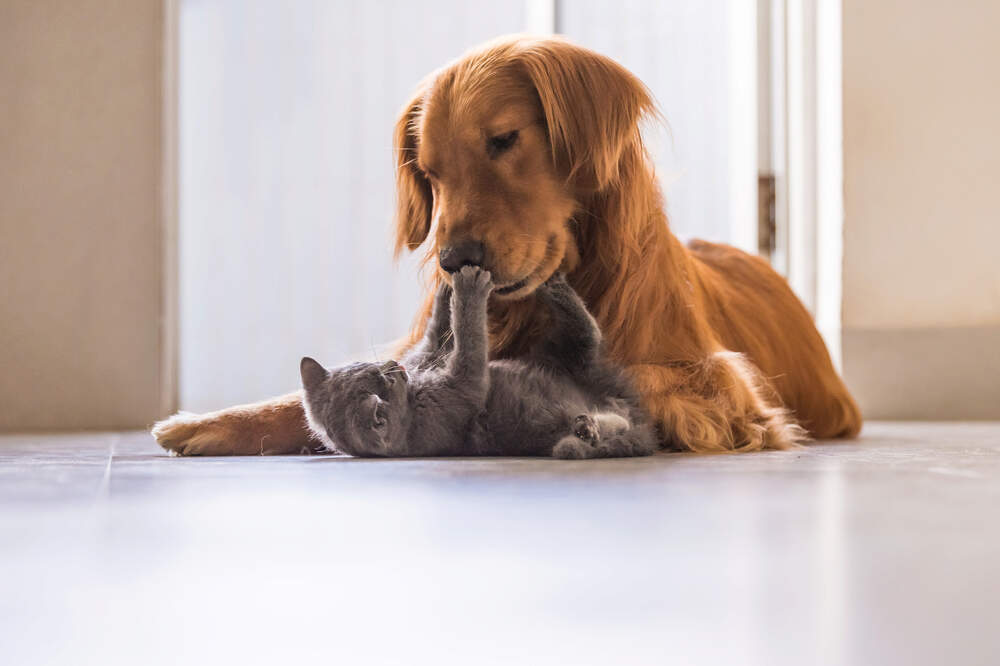
Rewarding your dog for calm and non-aggressive behavior around the new pet is an essential step in helping them adjust to their new companion. Dogs thrive on positive reinforcement, and by rewarding them for appropriate behavior, you can shape their responses in a positive way.
When your dog displays calmness and non-aggressive behavior, provide them with praise, treats, or their favorite toy. This will help them associate being calm with positive experiences. By consistently rewarding these behaviors, your dog will understand that remaining calm around the new pet leads to positive outcomes.
It's important to note that rewards should be given immediately after the desired behavior occurs. This helps your dog make a clear connection between their action and the reward. With consistent reinforcement, your dog will learn that by staying calm, they are more likely to receive rewards and earn your praise.
Remember to be patient and understanding during this process. Each dog is unique and may require different types or amounts of rewards to reinforce desirable behavior. Stay consistent with these rewards as you continue introducing the new pet to ensure a positive experience for everyone involved.
2 Establishing boundaries and consistent rules for both pets
Establishing boundaries and consistent rules for both your dog and the new pet is crucial for creating a harmonious living environment. Dogs thrive on structure and clear expectations, so it's essential to set boundaries from the start.
Firstly, establish rules that apply to both pets, such as no jumping or begging during meal times, no entering certain rooms, or respecting each other's space. Consistency is key here; enforce these rules consistently to avoid confusion.
Next, determine individual boundaries for each pet. For example, the new pet may have restricted access to certain areas initially until they learn the house rules. Similarly, your dog may need to respect the new pet's designated space or belongings.
By establishing and enforcing these boundaries consistently, you'll help both pets understand their roles and minimize any potential conflicts. Remember to provide positive reinforcement when they follow the rules and be patient as they adjust to the new dynamic in the house.
Seeking Professional Help, if Needed
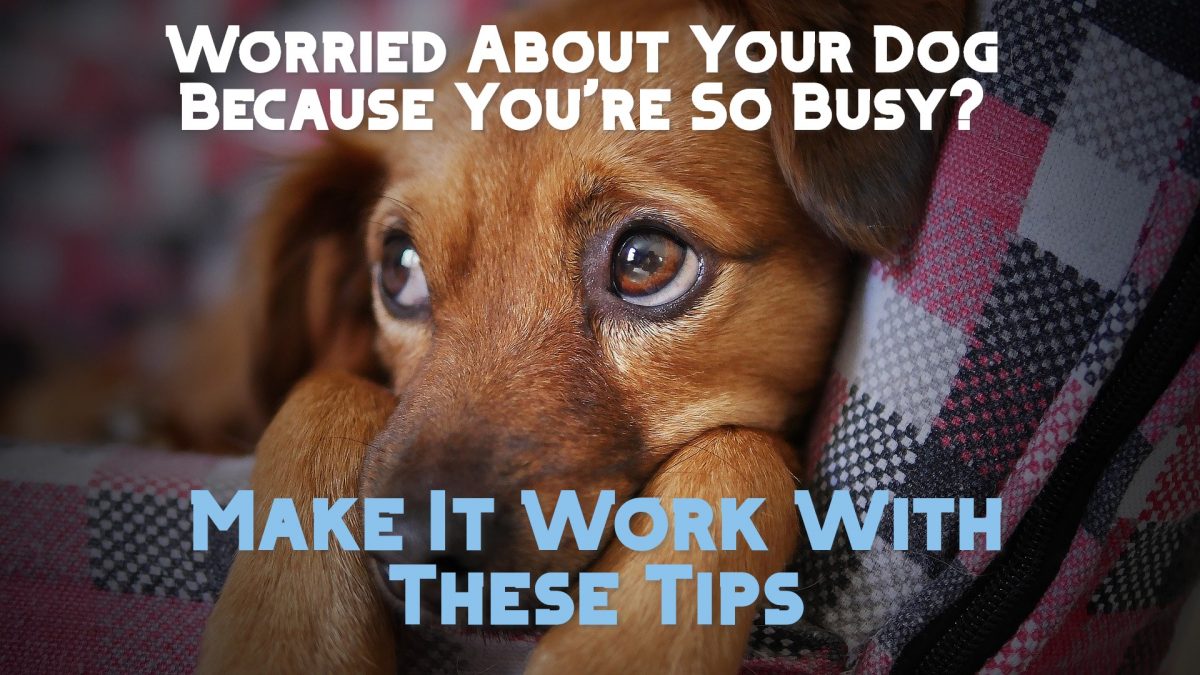
If you notice persistent issues or challenges during the introduction process, seeking professional help can be beneficial. Professional dog trainers or behaviorists have the expertise and experience to assess your dog's behavior and provide guidance on how to address any concerns. They can offer specific strategies tailored to your dog's needs and help create a plan for successful pet integration.
When seeking professional help, consider choosing a certified trainer or behaviorist who uses positive reinforcement techniques, as these methods are effective and humane. They can assist in modifying any problematic behaviors, such as jealousy or possessiveness, through positive reinforcement training.
Remember that seeking professional assistance is not an indication of failure as a pet owner. Rather, it is a proactive step towards ensuring both your dog and the new pet can thrive in a harmonious environment together.
1 Recognizing signs that your dog may require professional assistance

Recognizing signs that your dog may require professional assistance is important to ensure their well-being and the successful integration of a new pet into your home. While some dogs adjust easily to changes, others may exhibit behavior that indicates they need additional support. Signs that your dog may require professional assistance include excessive aggression towards the new pet, persistent fear or anxiety, destructive behavior, refusal to eat or drink, and signs of depression or withdrawal. If you notice any of these behaviors in your dog, it is essential to seek help from a professional dog trainer or behaviorist. These experts have the knowledge and experience to evaluate your dog's behavior and provide customized guidance to address any underlying issues. Remember, seeking professional help can make a significant difference in ensuring a harmonious relationship between your dog and the new pet.
2 Consulting a professional dog trainer or behaviorist for guidance
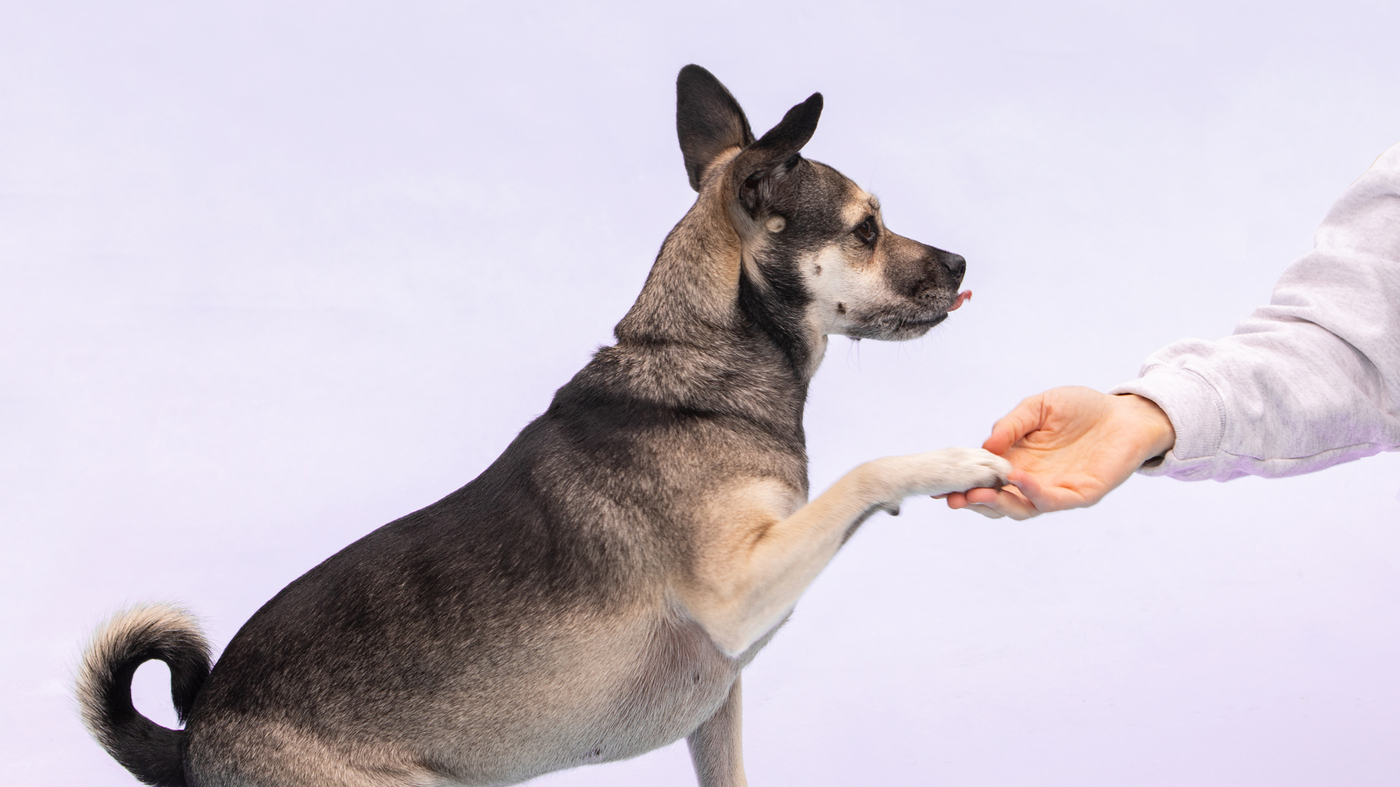
When it comes to preparing your dog for a new pet in the house, sometimes seeking professional help is necessary. A professional dog trainer or behaviorist can provide valuable guidance and expertise in introducing a new pet to your dog.
These professionals have extensive knowledge of animal behavior and can assess your dog's temperament and reactions to the new pet. They can offer personalized advice tailored to your specific situation, taking into consideration any existing behavioral issues or challenges your dog may have.
A professional trainer or behaviorist can also provide step-by-step instructions on how to properly introduce the new pet to your dog, including techniques for positive reinforcement and socialization. They can help you navigate any signs of possessiveness, jealousy, or aggression that may arise during the process.
Overall, consulting a professional can give you peace of mind that you are taking the right approach in preparing your dog for a new addition to the family.
Conclusion

In conclusion, preparing your dog for a new pet in the house requires careful assessment, gradual introduction, and proper management of interactions. Understanding your dog's temperament and behavior is crucial in determining how they may react to a new pet. By familiarizing your dog with the scent of the new pet and using positive reinforcement, you can help them associate the new pet with positive experiences. Slow and controlled introductions, along with supervised interactions, can ensure a safe and calm environment for both pets. Providing separate spaces and resources for each pet helps establish boundaries and minimize potential conflicts. It is important to address signs of jealousy or possessiveness in your dog promptly and reinforce positive behavior while setting consistent rules. If needed, seeking professional help from a dog trainer or behaviorist can provide additional guidance throughout the process. With patience, time, and proper preparation, your dog can adapt to having a new pet in the house harmoniously.
Summary of key steps in preparing your dog for a new pet
It is important to take certain steps to prepare your dog for the arrival of a new pet in your home. Firstly, assess your dog's temperament and behavior to understand how they may react to a new companion. Familiarize your dog with the scent of the new pet by allowing them to sniff blankets or toys before the introduction. Use positive reinforcement to create positive associations with the new pet through treats and rewards. When introducing the new pet, do so gradually and in a controlled environment, ensuring supervised interactions. Establish separate spaces and resources for each pet to prevent territorial issues. It is crucial to address any signs of jealousy or possessiveness exhibited by your dog, reinforcing positive behavior and setting boundaries. Seeking professional help from a trainer or behaviorist may be necessary if needed.
Frequently Asked Questions
(Answer frequently asked questions in 2-5 short sentences each)
- How can I determine if my dog is accepting of a new pet?
Observe your dog's behavior around other animals, such as at parks or during interactions with friends' pets. Some signs of acceptance include relaxed body language and neutral reactions. If your dog shows aggression or fear towards other animals, additional training may be required.
- How do I introduce my dog to the scent of a new pet?
Allow your dog to sniff blankets or toys that have been in contact with the new pet's scent. This can help familiarize them with the new smell before direct interaction occurs.
- Should I supervise interactions between my dog and the new pet?
Yes, initially it is crucial to closely supervise their interactions to ensure safety for both animals. Gradually increase their exposure while still maintaining control over their interactions.
- What should I do if my dog exhibits possessive behavior towards the new pet?
Address possessive behavior by providing separate spaces and resources for each pet, and implement positive reinforcement techniques to reinforce calm and non-aggressive behavior. Seek professional help if the behavior persists or escalates.
- How can I prevent jealousy between my dog and the new pet?
Reinforce positive behavior and set clear boundaries for both pets. Provide equal attention, exercise, and affection to avoid any feelings of jealousy. Gradually introduce the new pet into your dog's routine to minimize disruption.
Remember that every dog is unique, so be patient and adaptable during this process of introducing a new pet to your beloved canine companion. With careful preparation, supervision, and reinforcement of positive behavior, you can help create a harmonious and happy environment for all your pets to coexist.
Frequently Asked Questions

Many dog owners have questions about introducing a new pet into their household. Here are some frequently asked questions and their answers to help you prepare your dog for a new furry friend:
- How long will it take for my dog to adjust to the new pet?
The time it takes for your dog to adjust can vary. It may take a few days or several weeks for them to get used to each other. Patience and consistent training will help speed up the process. - What if my dog shows aggression towards the new pet?
If your dog displays aggressive behavior, seek professional help immediately. A trained behaviorist or trainer can assess the situation and provide guidance on managing aggression. - Can I leave my dog and the new pet unsupervised?
In the beginning, it's best to supervise all interactions between your dog and the new pet. Once they have built a positive relationship, you can gradually increase unsupervised time. - How do I prevent jealousy between my dog and the new pet?
To prevent jealousy, ensure both pets receive equal attention and affection. Implementing consistent rules and boundaries helps establish fairness within the household. - Will my dog's routine change with a new pet?
Your dog's routine may need some adjustments, especially during the initial stages of introducing a new pet. Gradually integrate their schedules, ensuring they still receive adequate exercise, feeding, and rest.
Remember, every dog is unique, so it's essential to observe their behavior closely during this transition period and consult professionals whenever necessary.




0 Comments